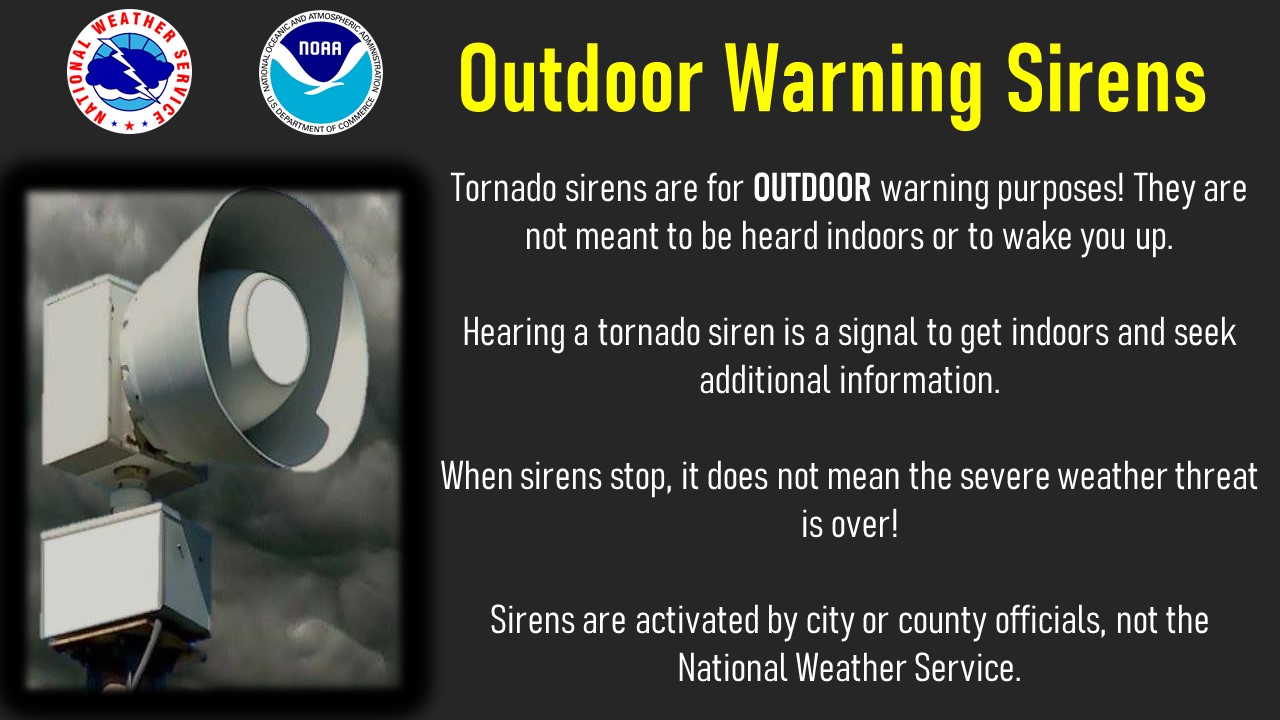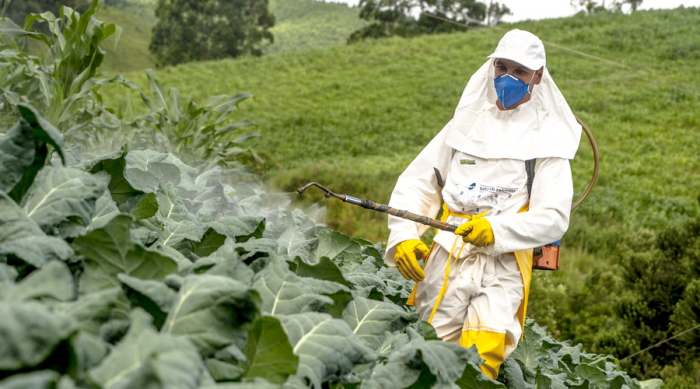Severe Weather Awareness: Protecting Yourself From Floods

Table of Contents
Understanding Flood Risks
Knowing your risk is the first step toward effective flood safety. Understanding the potential threats in your area allows you to take appropriate preventative measures.
Identifying Flood-Prone Areas
Many resources can help you determine if your property is located in a flood-prone area.
- Check FEMA flood maps: The Federal Emergency Management Agency (FEMA) provides detailed flood maps for the United States. These maps identify areas with varying levels of flood risk. Understanding your flood zone designation (e.g., A, AE, X) is vital.
- Look for past flood markers: Observe your neighborhood for markers or signs indicating previous flood levels. This provides a visual representation of potential flood heights.
- Inquire with local authorities: Contact your local emergency management agency or city hall. They possess historical flood data and can offer insights into your specific area's flood risk. They may also have flood preparedness programs.
Recognizing Flood Warning Signs
Being aware of the warning signs of an impending flood can significantly improve your response time and safety. Don't wait for an official warning – observe the environment.
- Rising water levels: Noticeable increases in water levels in rivers, streams, or other bodies of water are clear indicators.
- Overflowing rivers/streams: Water exceeding the banks of rivers or streams is a major red flag.
- Saturated ground: If the ground is excessively wet and unable to absorb additional water, flooding is likely.
- Official weather alerts: Pay close attention to weather forecasts and alerts issued by national meteorological services (like the National Weather Service in the US). Flash flood warnings and flood watches are crucial to heed.
Different Types of Floods
Understanding the various types of floods helps in tailoring your preparedness strategy.
- Flash floods: These are rapid and unexpected floods, often caused by intense rainfall over a short period. They pose the greatest immediate danger due to their sudden onset.
- River floods: These floods result from prolonged rainfall or rapid snowmelt, causing rivers and streams to overflow their banks. They typically develop more slowly than flash floods.
- Coastal floods: These are often caused by storm surges associated with hurricanes or severe storms. They can cause significant damage to coastal communities.
Creating a Flood Safety Plan
Proactive planning significantly increases your chances of surviving a flood and minimizing damage.
Developing an Evacuation Plan
A well-defined evacuation plan is critical for flood safety.
- Map out multiple escape routes: Plan several routes to higher ground or designated evacuation shelters. Consider road closures and potential hazards.
- Pack an emergency kit: Your kit should include essential supplies like water, non-perishable food, a first-aid kit, medications, important documents (copies of insurance policies, identification), flashlights, batteries, and a whistle.
- Designate a meeting point: Choose a safe meeting point outside the flood zone where family members can reunite after evacuation.
Protecting Your Home
Taking preventative measures can significantly reduce flood damage to your property.
- Elevate electrical outlets and appliances: Raise electrical outlets and appliances to prevent damage from floodwaters.
- Install flood barriers or sandbags: Consider installing flood barriers or sandbags around your home's foundation to help divert floodwaters.
- Purchase flood insurance: Flood insurance is often not included in standard homeowners' insurance policies. It provides crucial financial protection in case of a flood.
Preparing Your Vehicle
Your vehicle can become a hazard during a flood.
- Park vehicles on higher ground: Move vehicles to higher ground before a flood to prevent damage and avoid being stranded.
- Never drive through flooded areas: Floodwaters can be deceptively deep and swift, posing serious risks. "Turn around, don't drown" – this is the crucial message to remember.
During a Flood: Staying Safe
Knowing how to act during a flood is vital for your safety and survival.
Evacuation Procedures
Heed evacuation orders promptly.
- Follow evacuation orders immediately: Don't delay; evacuation orders are issued for your safety.
- Secure your home (if time allows): If time permits, take steps to protect your property, such as turning off utilities and moving valuable items to higher levels.
- Bring your emergency kit: Ensure you have your prepared emergency kit with you during evacuation.
Staying Safe During the Flood
If you are caught in a flood, your actions can make the difference.
- Move to higher ground: Seek higher ground immediately.
- Avoid contact with floodwaters: Floodwaters are often contaminated and can carry dangerous debris.
- Monitor weather reports: Stay informed about the flood situation through weather reports and official announcements.
Post-Flood Safety
Post-flood safety is crucial as well.
- Avoid floodwaters: Avoid contact with floodwaters as they may be contaminated with sewage and harmful substances.
- Check for structural damage: Inspect your home for any structural damage before re-entering.
- Contact insurance company and emergency services: Report damage to your insurance company and contact emergency services if needed.
Conclusion
Effective flood safety requires proactive planning, a thorough understanding of your local flood risks, and a well-defined evacuation plan. By understanding the different types of floods, preparing your home and vehicle, and knowing how to react during and after a flood event, you significantly improve your chances of staying safe. Remember, your safety and that of your community depends on preparedness. Develop your comprehensive flood safety plan today. Share this information with your family, friends, and neighbors to promote collective flood safety and community resilience. For more information and resources, visit FEMA ([link to FEMA website]) and the National Weather Service ([link to NWS website]).

Featured Posts
-
 Dogecoin Price Prediction The Impact Of Elon Musks Actions
May 25, 2025
Dogecoin Price Prediction The Impact Of Elon Musks Actions
May 25, 2025 -
 Penzioneri Milioneri Koji Grad Ima Najvise
May 25, 2025
Penzioneri Milioneri Koji Grad Ima Najvise
May 25, 2025 -
 Porsche Atidare Nauja Greitojo Ikrovimo Stotele Europoje
May 25, 2025
Porsche Atidare Nauja Greitojo Ikrovimo Stotele Europoje
May 25, 2025 -
 Amsterdam Stock Exchange 7 Plunge At Open Reflects Growing Trade War Anxiety
May 25, 2025
Amsterdam Stock Exchange 7 Plunge At Open Reflects Growing Trade War Anxiety
May 25, 2025 -
 The Design Vision Of Francis Sultana Robuchon Restaurants Monaco
May 25, 2025
The Design Vision Of Francis Sultana Robuchon Restaurants Monaco
May 25, 2025
Latest Posts
-
 Legendarna Naomi Kempbell 55 Rokiv Ta Naykraschi Momenti Kar Yeri
May 25, 2025
Legendarna Naomi Kempbell 55 Rokiv Ta Naykraschi Momenti Kar Yeri
May 25, 2025 -
 Naomi Kempbell U Biliy Tunitsi Zoryaniy Vikhid Na Londonskomu Zakhodi
May 25, 2025
Naomi Kempbell U Biliy Tunitsi Zoryaniy Vikhid Na Londonskomu Zakhodi
May 25, 2025 -
 Naomi Kempbell Otkrovennye Obrazy Dlya Glyantsa
May 25, 2025
Naomi Kempbell Otkrovennye Obrazy Dlya Glyantsa
May 25, 2025 -
 Naomi Kempbell Istoriya Uspikhu Ta Foto Z Pokazu Mod U 55 Rokiv
May 25, 2025
Naomi Kempbell Istoriya Uspikhu Ta Foto Z Pokazu Mod U 55 Rokiv
May 25, 2025 -
 55 Richna Naomi Kempbell Naykraschi Obrazi Ta Foto Z Podiumiv
May 25, 2025
55 Richna Naomi Kempbell Naykraschi Obrazi Ta Foto Z Podiumiv
May 25, 2025
